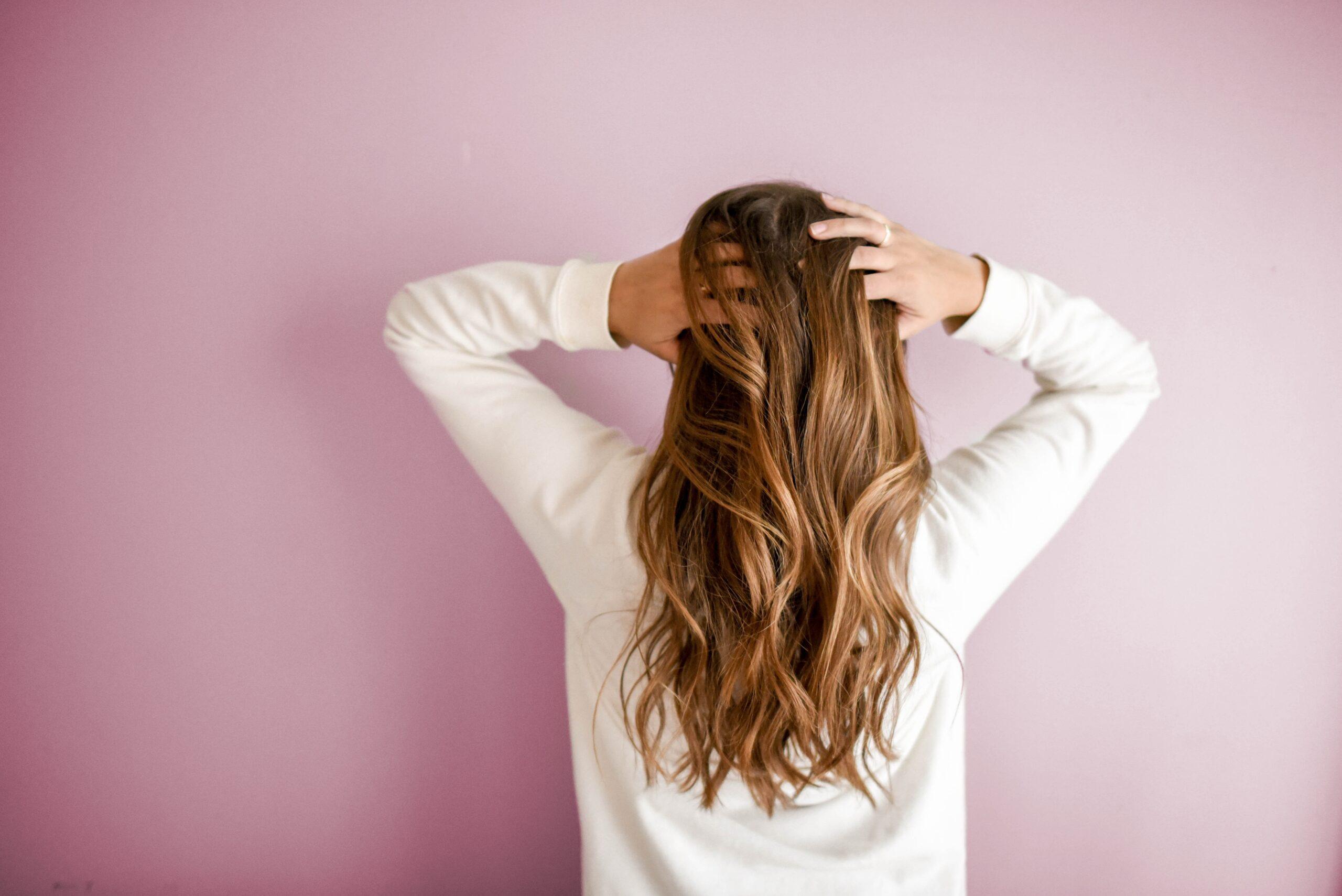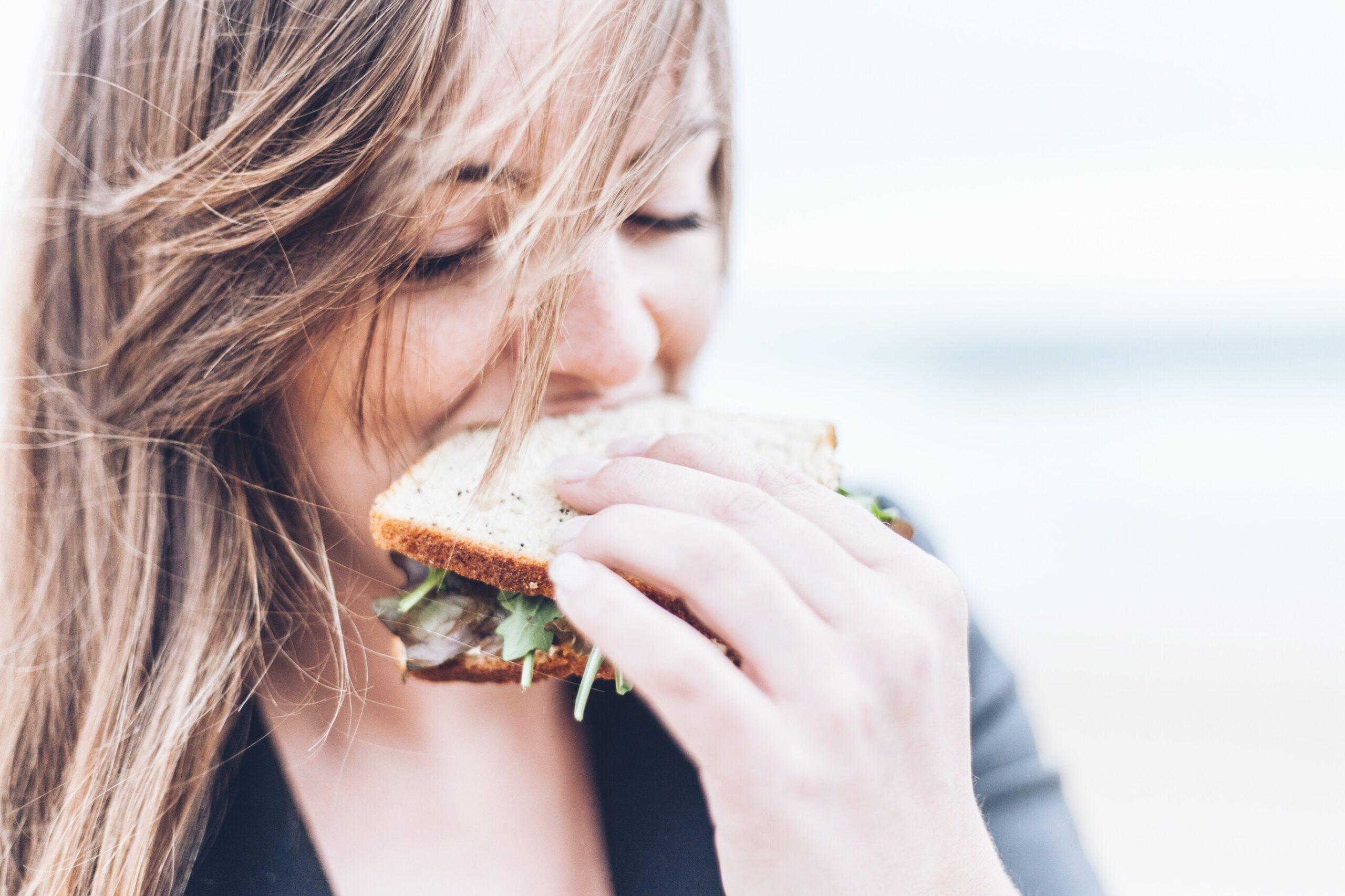Many young girls and grown women play with their hair. Often, they unconsciously twirl it around a finger, especially when they’re bored or tired. It’s a harmless habit. Of more consequence is trichotillomania, a disorder characterized by a recurrent, irresistible urge to pull hair out of the scalp, eyebrows, eyelashes, and other parts of the body, resulting in noticeable bald patches. According to the National Center for Biotechnology Information, trichotillomania may affect as much as 4 percent of the population.
Although it may be triggered or worsened by stress, trichotillomania is not just a nervous habit. In some people, the disorder is mild and manageable, but for many others, the compulsion to pull out hair is overwhelming. If not treated, trichotillomania can have serious consequences for health and well-being.
Understanding Trichotillomania
Trichotillomania is generally classified as an impulse control disorder, meaning it is driven by an uncontrollable impulse or urge to perform a harmful act. The individual feels increasing tension that can only be relieved by performing the act; afterward, there is often a sense of shame or regret. Depression and anxiety are common among those with trichotillomania, as are other body-focused repetitive disorders such as skin picking or nail biting. If a family member is experiencing signs of trichotillomania, recognize that it is not about infl icting pain. Rather, those with trichotillomania have a neurologically driven need to pull. And the pulling may act as an immediate soothing mechanism, but repeated episodes of hair pulling and the disfigurement that results can cause significant distress.
It isn’t known exactly what causes trichotillomania, but there may be a genetic component to the disorder; having a close relative who is affected by it increases an individual’s risk. An imbalance in the brain chemicals serotonin and dopamine might play a role. Trichotillomania usually develops between the ages of 11 and 13. It is also seen in younger children, even as young as age 1, but such cases are often mild and resolve after a year or so without treatment.
For those whom trichotillomania is a lifelong disorder, complications include abrasions and infections in the area where the hair is pulled, as well as digestive problems if the hair is eaten. Emotional distress is a significant issue for most people. They may try to style the hair to cover the bald patches, wear hats or wigs, or use false eyelashes to disguise the condition. Embarrassment and shame may cause them to shy away from social opportunities, leading to isolation, low self-esteem, and depression.
Treating Trichotillomania
While medication such as selective serotonin reuptake inhibitors (SSRIs) may reduce some symptoms of trichotillomania, the most effective treatment is a combination of education, medication, and psychotherapy. The most successful results are typically from cognitive-behavioral therapy (CBT), an approach in which patients learn to change their thoughts, feelings, and behaviors so they can recognize and manage the impulses that lead to pulling without giving in to them. With CBT, therapists will use a behavioral technique known as Habit Reversal Training, a three-step procedure designed to increase awareness, teach relaxation strategies, and help identify a behavior that is incompatible with the hair pulling. This behavior, known as a “competing response,” often involves using the same muscles as in the hair pulling, but it is more discreet and not easily noticed if done in public. For example, clenching one’s fist and pressing an arm to one’s side are common competing responses for hair pulling.
Trichotillomania can be a stubborn, chronic disorder. For many people, it is a way of dealing with negative emotions such as anxiety, loneliness, or stress, but the embarrassment that results can exacerbate those emotions. Early detection and intervention are important since, with the exception of very young children, the disorder seldom goes away without treatment. Psychotherapy can help manage the emotions and eliminate the impulsive behavior that wreaks havoc with health and quality of life.


